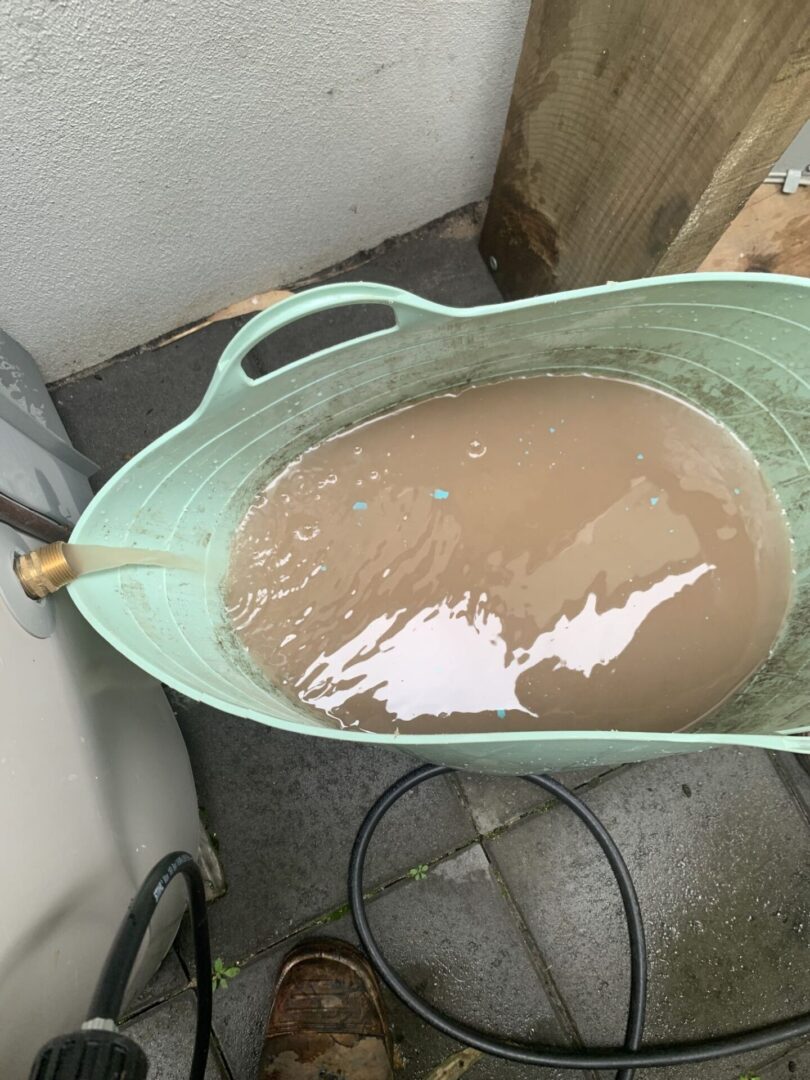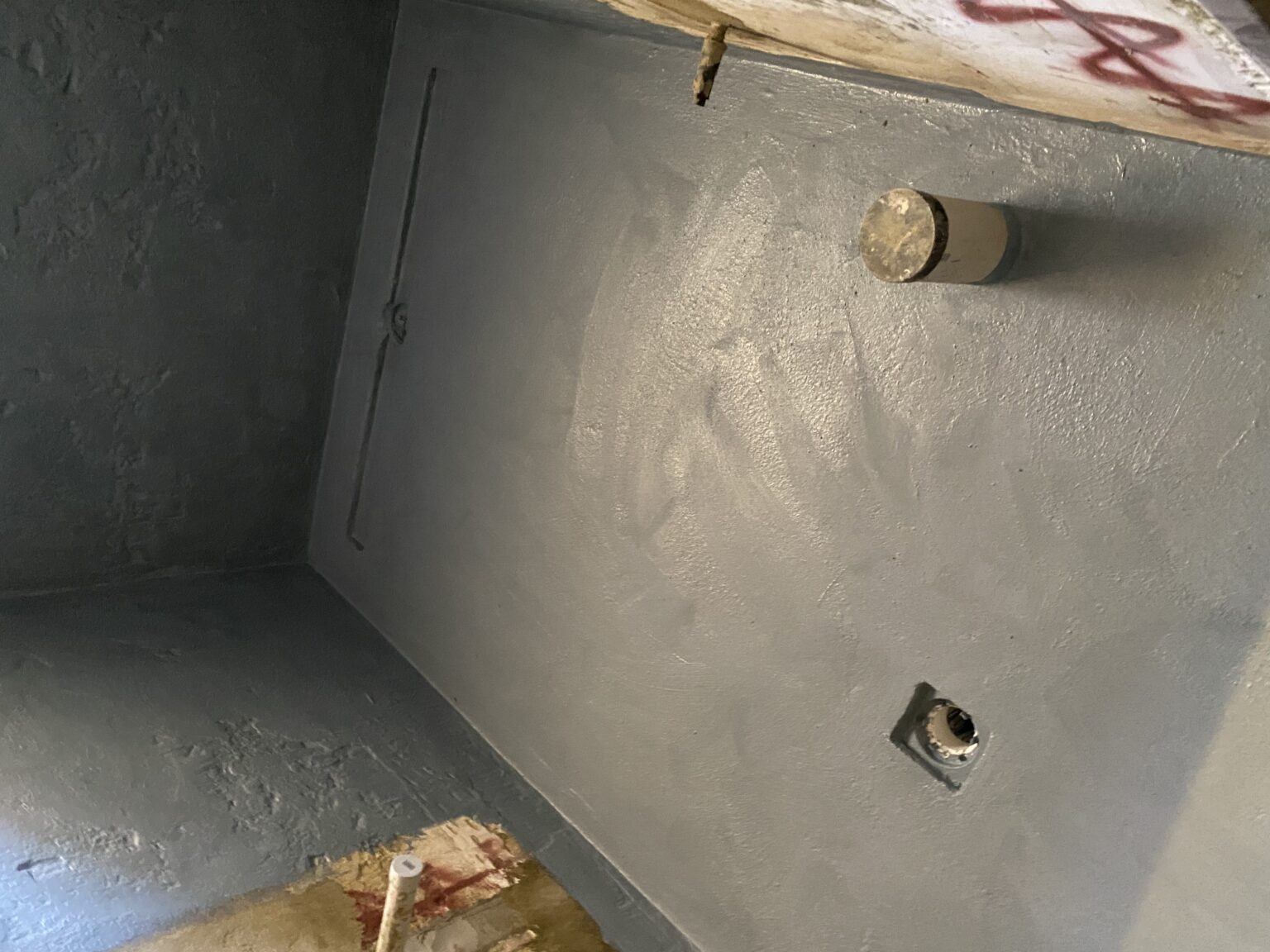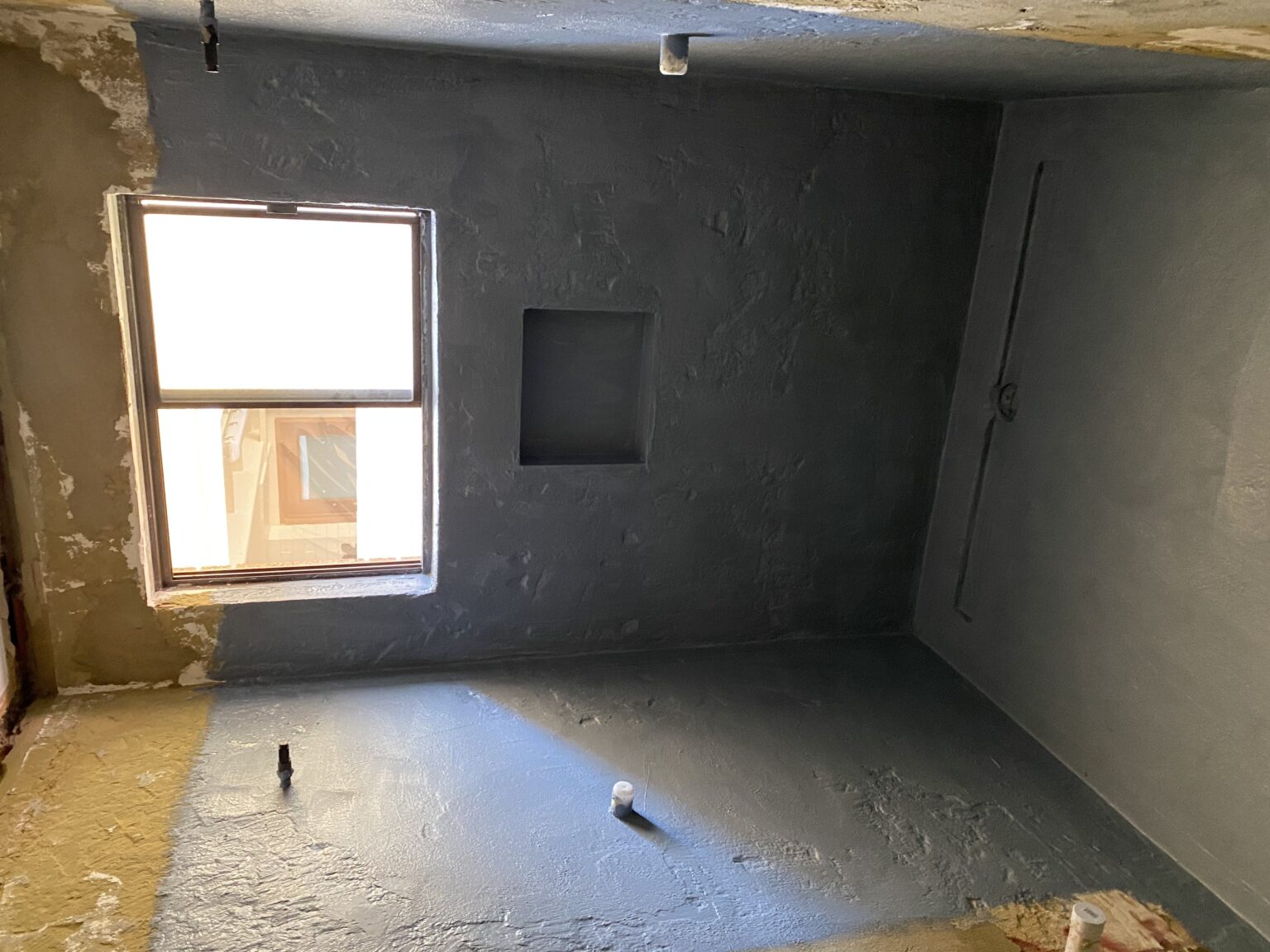Education
Enjoy a Hot Shower With Peace of Mind
Storage hot water systems are one of many different ways to deliver nice hot water to your shower, bath, sink, hand basin, or any other fixture requiring readily available hot water.
But did you know that storage hot water units need to be properly serviced every few years to ensure they live out their full life expectancy?
A "minor service" should be carried out every two years, which involves testing of the relief valves – the valves saving your hot water cylinder from exploding with over-pressure and over-temperature. Testing the water temperature delivered at the closest tap and the tap with the highest flow rate in the household is also undertaken to ensure you are getting full optimisation of your unit, but also to eliminate the risk of scalding and harmful bacteria such as legionnaires growing inside the tank.
A "major service" of the tank should also be carried out every five years starting from the date of installation. This involves checking all attached valves for proper function, cleaning the burner if it is gas-powered, and, most importantly, replacing the sacrificial anode rod inside the hot water tank.
The anode rod will corrode over time as it draws all the nasties in the town water supply away from the aluminium tank, rescuing the tank from extinction!
However, once this anode rod is completely corroded away, the calcium, sand, and other minerals in the water will start to eat away at the tank itself, and it won't be long until you have a burst hot water tank that will need to be replaced – they cannot be repaired once burst.
During a 5-year major service, we do not just stop there; we give the tank a complete clean-out to ensure all sediment in the tank is removed.
Take a look at the photos below of a hot water tank's contents BEFORE and AFTER a 5-year clean-out, and remember that if you have a storage hot water system, this is the same water that's supposed to clean you.
Beware of the flaking walls behind your shower
In Western Australia, bathroom waterproofing only became a legal requirement in 2004, so any new home or renovation completed pre-2000 has no waterproofing or very poor waterproofing at best.
Grout over time WILL crack and, in some cases, dislodge completely from the tiles (see photos below). Around your basin or toilet, this isn't such an issue. Once it happens in a high-volume wet area like the shower, however, the water will trickle through the cracked grout and under your tiles, where a waterproofing membrane will act as the last line of defence. The water will flow along the membrane under the tiles and, if installed correctly, over the lip of the shower waste and into the drain, no harm done.
Without the waterproofing membrane, however, in pre-2000 bathrooms, the water takes a more sinister route. Water wants to escape, and it will take the path of least resistance; once it gets through the cracked grout and under the tiles, it will soak into the highly porous cement screed before it reaches the waste pipe, saturating the concrete floor below it.
Below the concrete is the builder's plastic film, which ironically is there to prevent rising dampness. This makes it impossible for the moisture to escape from the saturated concrete. The next easiest route? The brick wall was laid on top of the concrete.
Bricks are extremely porous and will soak up an unbelievable amount of water. The moisture, after finally finding a way to escape, will bubble out of the paint-covered wall, creating a "flaking" effect low on the wall behind and around the shower.
In some rare cases, it can be a burst pipe inside the shower wall or under the floor, especially pre-2000 when it was commonplace to install services like gas and water under the concrete pad at the time of construction. A leaking shower tap spindle is also a possibility, or in extremely rare cases, a leaking drainpipe.
In any case, it is always a good idea to get ahead of the spreading moisture, as it will only create more damage and require a more costly repair as time goes on.








